SUMMARY
This is AI generated summarization, which may have errors. For context, always refer to the full article.
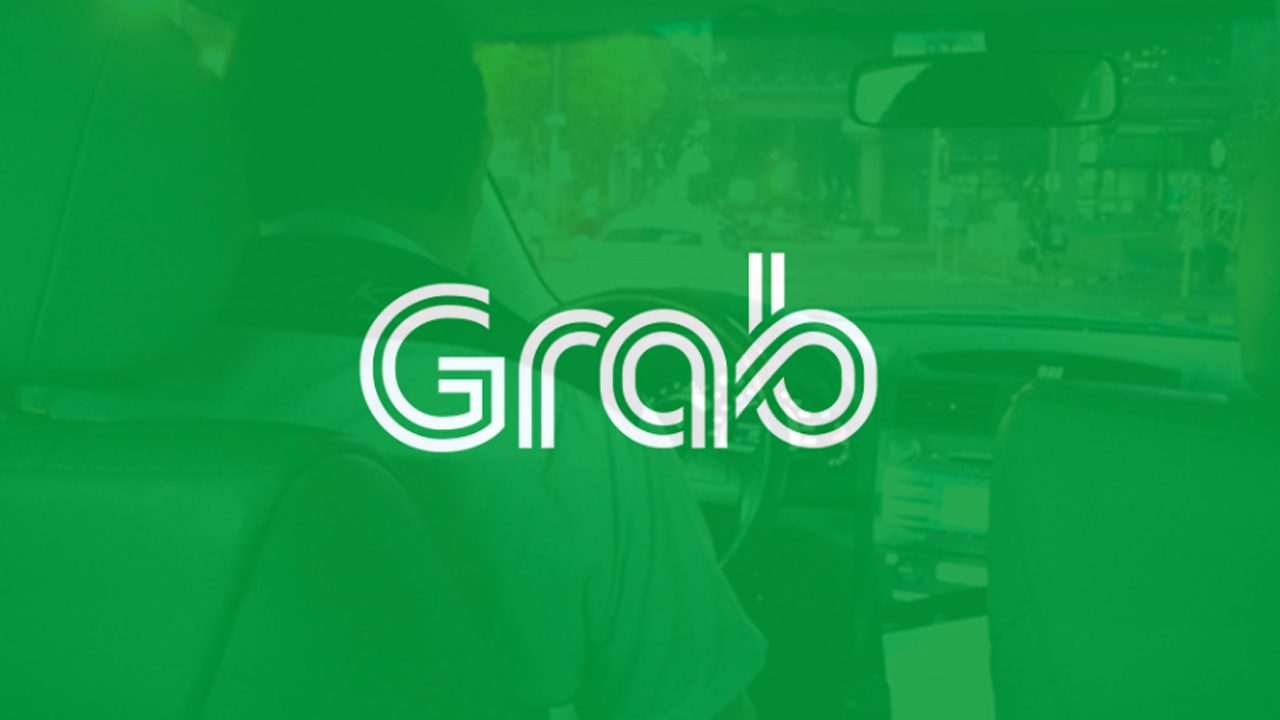
MANILA, Philippines – Ride-hailing giant Grab asserted that the addition of 100,000 transport network vehicle services (TNVS) providers would not lead to an oversupply, given that demand has already exceeded pre-pandemic levels at times.
“We estimate that the number of slots required for catering to demand in 2023 for new and existing cities is close to 100,000 TNVS licenses mentioned by the LTFRB in their last statement,” said Grab Philippines senior director for operations Ronald Roda in a statement on Friday, February 10.
Roda said that demand for Grab’s ride-hailing services surpassed pre-pandemic demand in December 2023, all while Grab operated a much-smaller fleet of cars. Grab currently only has 19,707 vehicles. Its pre-pandemic fleet, on the other hand, reached 65,000 vehicles – a supply cap imposed by the Land Transportation Franchising and Regulatory Board (LTFRB).
Roda believed that the LTFRB’s move to open more TNVS slots would “simply bring us back to the 65,000 supply cap levels pre-pandemic” for Grab’s Greater Metro Manila operations.
Roda also gave reassurances that even with the added vehicles, its new and existing drivers would still have plenty of demand to serve.
“In theory, no matter how many cars I put in there, there will be demand, and it’s not because of us. You know why? It’s because public transport is broken. The paradigm is, as long as public transport is broken – and sadly, it is – this is unlimited demand,” he said during a media roundtable on Friday. “And what we have told some of our drivers is guys, relax lang. We’re not asking for more supply. We’re just asking to go back to where you guys were in 2017. We’re not going to onboard these cars when demand’s not there.”
He also downplayed fears that drivers would be negatively affected, balancing the decision against the need to open up more jobs as well.
“Drivers will say ‘Uy paano naman kami? Kawawa kami pag nagbukas ka (Hey, what about us? We’ll suffer if you open more slots).’ And our answer is, allow us to take care of you, but we need to provide 80,000 more jobs to this industry. Huwag naman kayo sakim (Don’t be selfish). Let’s open it so people can find livelihood opportunities,” he added.
Roda said that GrabCar numbers have declined 65% since the pandemic, with the company only having a third of the cars that it had in 2019. Many of Grab’s driver-partners had their vehicles repossessed by banks during the lockdown periods of 2020 and 2021, considering that an overwhelming majority of its driver-partners use mortgaged cars.
This supply shortage, he said, is what caused the expensive surge charges and long waiting times that plagued many users during the holiday season. However, Roda pointed out that Grab never reached surge charge levels in 2019 with its pre-pandemic fleet.
This was not, however, Grab’s first time dealing with high fare issues. The ride-hailing giant currently faces an overcharging case with the LTFRB. The state regulator has asked Grab to explain its surge charges and minimum fares for “short trips.” LTFRB Chairperson Teofilo Guadiz II said on January 27 that Grab has not yet submitted its position paper.
The Philippine Competition Commission has already slapped Grab with close to P40-million in fines for its failure to comply with its price commitments.
‘Unshackle regulations’
Malacañang also recently unveiled an investment pledge made by Grab CEO Anthony Tan that is expected to generate around 500,000 jobs. But to make good on their promise, Grab has asked for looser regulations.
“Given the announcement of the President on 500,000 [jobs], we had to start working with government officials to achieve that 500,000. The initial press statement of LTFRB was they would issue 100,000 licenses to support the 500,000. We initially focused muna our discussion on how to achieve that 100,000,” said Roda during the Friday media roundtable.
However, Roda explained that even with the additional franchises granted, Grab would struggle to ramp up their fleet because of what they claim are overly restrictive regulations set by LTFRB.
“Effectively, what’s been happening is regulation had been tightening and tightening every year that we operate. And so our view is it’s time to unshackle regulation in order to help the industry,” Roda said. “What we’re telling LTFRB, your regulation has been strangling the ride-hailing market.”
Citing data, Roda claimed that the agency’s tightening regulations had dwindled the number of Grab driver-partners throughout the years. Prior to 2018, Grab said that there was little regulation around ride-hailing services like Grab and Uber. But in 2018 – the year of Grab’s merger with Uber – the LTFRB added more requirements for TNVS applicants.
“The requirements were similar to public utility vehicles as of 2018,” Roda said. “Effectively, they discouraged part-time drivers, because you would not pay so much or invest so much in things when you only use your car for one or two rides a day.”
The biggest roadblock for would-be Grab drivers is the requirement to get a bank Certificate of Conformity (COC). Applicants whose vehicles are still under mortgage, comprising around 90% of all driver-partners according to Roda, need to secure the document. The document is issued by the bank or financial institution handling the loan which essentially allows the driver to use the vehicle under the Grab service, even if it isn’t fully paid yet.
However, most financial institutions are hesitant to issue a COC because of fears that the vehicle would be damaged in the course of its service under Grab. In the event that the driver fails on his loan, the bank would then be repossessing a potentially battered-down vehicle.
This means that only those who have car financing with Grab’s six partner banks can obtain a COC and fulfill the requirements to become a TNVS provider.
With this stumbling block in mind, Roda urged the LTFRB to review its requirements, noting that Grab can only realistically fulfill its investment pledge if requirements were loosened.
“Itong 100,000 na ito, kapag hindi mo malaglag ‘yung requirements, tatlong taon tayo diyan e,” he said. “It doesn’t matter how many the slots will be kung hindi mo papalitan ‘yung requirements.”
(It’ll take us three years to go through these 100,000 slots if some requirements aren’t dropped. It doesn’t matter how many the slots will be if you don’t change the requirements.) – Rappler.com
Add a comment
How does this make you feel?

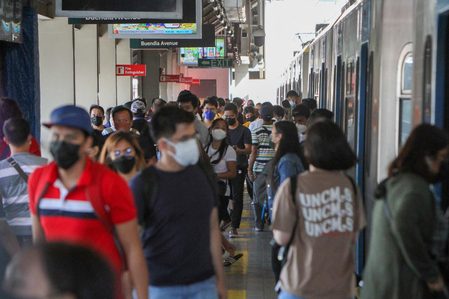
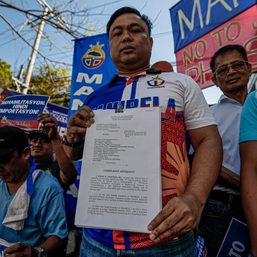

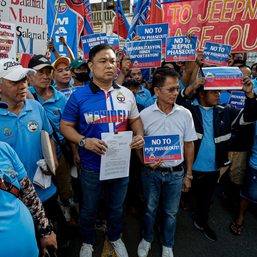
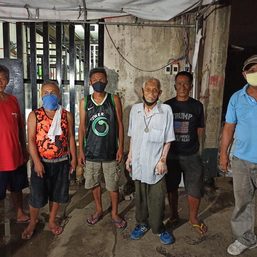
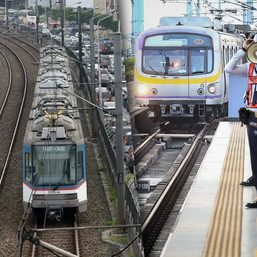
There are no comments yet. Add your comment to start the conversation.